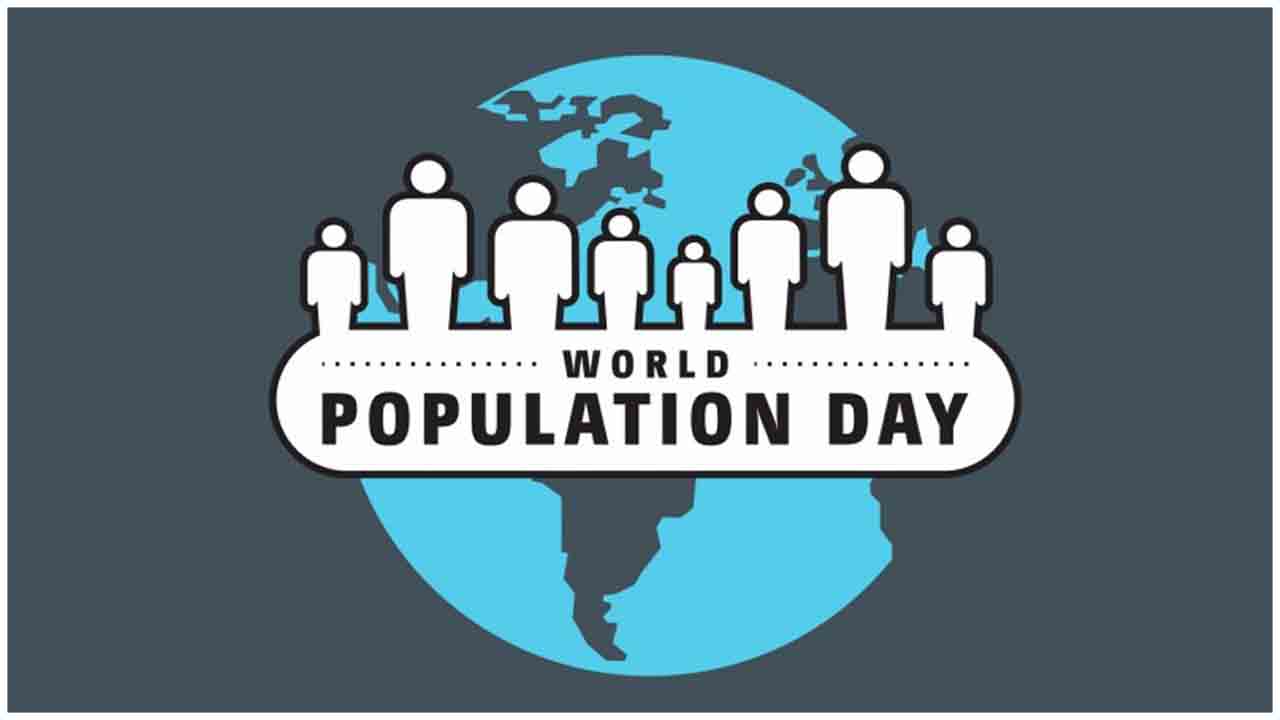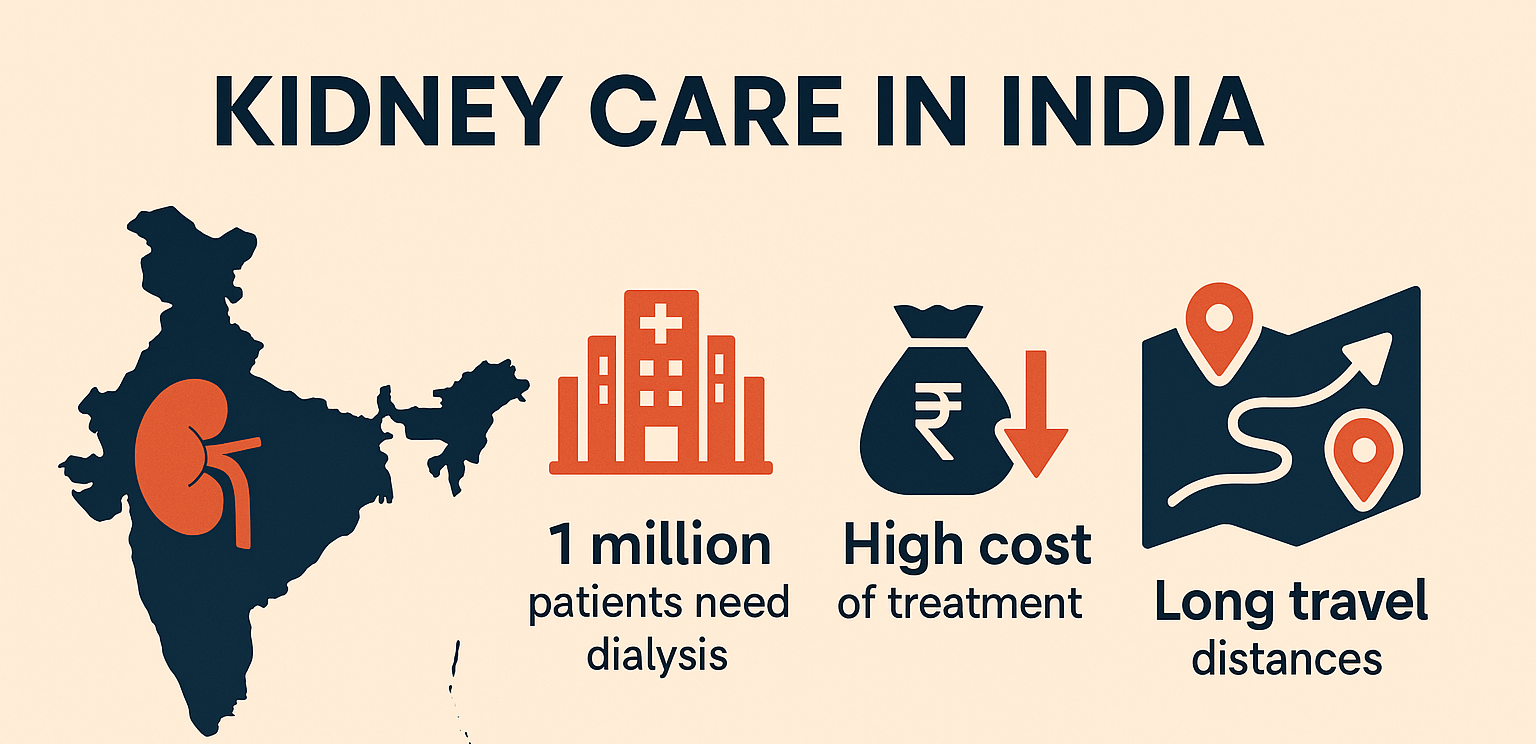The population is often considered to be the root cause of all the problems in many countries. In India too, similar policies have been adopted by certain states. World Population Day is observed every year to address the issues related to the increasing population.
On 11 July 1987, it was observed as the “Five Billion Day” by the United Nations as the world’s population had reached 5 billion. Looking at this, the then Governing Council of the United Nations’ Development Program for the first time in 1989 launched an initiative to observe World Population Day on 11 July every year to put the world’s attention towards the urgency and importance of population issues and assumes paramount importance because it highlights the problems of increasing population and raises awareness about the effects of overpopulation on the environment and planet
With the global population estimated to touch nine billion by 2050, the huge surge is identified to be the causative factor of developmental concerns in many countries and it becomes more conspicuous for the developing and lesser developed countries.
As population explosion began to take the center-stage as a cause of serious concern, the themes of World Population Day focused on the health problems faced by childbearing women and the importance of family planning, maternal health, gender equality, human rights and poverty.
The concerns for India are such that: it has just 2% of the world’s landmass and 16% of the global population. Between the Census of 2001 and 2011, the country added 18% more people to its population. It is the second most populated country in the world with an estimated population of around 1.37 billion by 2019. According to the Population Division of the UN Department of Economic and Social Affairs, India’s population is expected to add nearly 273 million people in the next three decades and surpass China’s population within the next 7 years.
The theme for the World Population Day 2020 is to raise awareness about safeguarding sexual and reproductive health needs and vulnerabilities of women and girls during the Covid-19 pandemic.
This is very timely and significant because many pregnant women succumb to poor reproductive healthcare. A study done by the UN Population Fund (UNFPA) showed that 800 women die every day during the childbirth process. UNFPA’s study highlighted that if the lockdown continues for another 6 months, with continued major disruption to health services, then 47 million women in low and middle-income countries might not have access to modern contraceptives which would, in turn, lead to 7 million pregnancies which would be unplanned or unintended. Which in turn, will lead to an increase in youth unemployment and child marriages. Thus, the dedicated theme of this year’s World Population Day assumes critical significance with its primary aim and importance of to ensure greater awareness and advocacy for people to boost their sexual and reproductive health and heed to the importance of family planning.
The high rate of Youth Unemployment and Demographic Disaster
India has the highest number of youth population in the world, which is around 28% of the total population.
This youth potential is often referred to as the ‘demographic dividend’ which means that if the youth available in the country are equipped with quality education and skills training, then they will not only secure a suitable job but can also contribute effectively towards the economic development of the country.
Every year around 25 million people enter the workforce, but only 7 million are able to secure jobs, resulting in huge unemployment rates which are around 18% of the youth labor force. Technically speaking, 18% of our youth are unemployed in the country as of today and around 33% of the total youth are not in employment, education and training (NEET), together making it the highest in the world. This high number of unemployed and NEET category of youth are turning demographic dividend into a demographic disaster for India.
How to manage the said situation?
Population growth constantly acts as a hurdle in effectively addressing the problem of poverty, hunger and malnutrition and in providing a better quality of education and health within limited resources. Plus COVID-19 has increased these challenges and also raised concerns on the timely attainment of the UN Sustainable Development Goals (SDGs).
Family planning is an effective and much-needed tool to ensure a stable rise in the population, which in turn is crucial for the achievement of some of these SDGs. The government at all levels should take the responsibility to promote awareness and advocate the sexual and reproductive rights of women and encourage the use of contraception. As all the research shows that investing in family planning and well-being measures have significant benefits over per Rupee cost spent vis-à-vis other investments.
This will go a long way in making sure that every child who is taking birth on this land will then be an asset for the country and not baggage. Additionally, the key stakeholders need to be committed to well-researched planning, adequate education and training and implementation on how to harness the population growth for the maximum economic benefit of the society and country.

 India’s population is expected to add nearly 273 million people in the next three decades and surpass China’s population within the next 7 years
India’s population is expected to add nearly 273 million people in the next three decades and surpass China’s population within the next 7 years







.jpeg)




.jpeg)






.jpeg)









.jpg)


.jpg)
